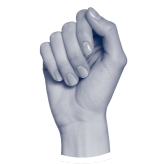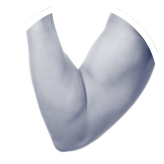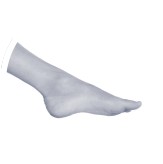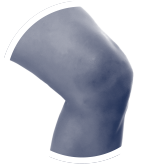
26 miles, 385 yards. With a largely flat course, the London Marathon, held in April every year since 1981, is one of the must-run marathons in the world. With three separate starting points, runners can run the same course as some of the world best long distance runners.
The course record for the men’s elite stands at 2:04:29 and Paula Radcliffe currently holds the women’s elite record of 2:15:25.
A spectacle worth viewing
It is an event that year on year, attracts thousands of runners to the capital, as well as thousands of spectators. It pushed people to its limits but it does something else – it inspires people.
Can you run a marathon?
It seems a feat of human engineering and determination to put one foot in front of the other, at a running pace, time and time again over such a long distance. But it can be done…
Don’t over train
The biggest mistake people make when they set off on their ‘run a marathon’ quest is that they don’t allow themselves enough time to train thus, they push it too hard. This leads to physical injuries, as well as feeling deflated emotionally too.
Rest
Running every day of the week is doing no favours for your body, your skeleton or your training. Start by running two or three times a week and slowly increase to four times a week in the middle of your training schedule. You should then begin the process of tapering off before the big event.
Count miles, not minutes
We all want to cross the finishing line in a respectable time, whereas other people just want to cross the line! Either way is just great but instead of racing against the clock when you train, notch up the miles instead.
Take care of the body
From warming up, to stretching exercises to specialist help with painful joints, looking after your body is key when training for any sporting event, but certainly true when it comes to marathon running. Keep hydrated too and get some decent trainers to look after your feet.
Don’t just run
Many people training for a marathon will spend hours pounding tarmac as they train, placing strain on ankles, knees and hips. Cross training means moving the same muscles but in different ways. Swimming is a great exercise that cushions the body but whatever you do – don’t just run.
If you’re struggling to run, or having foot problems when training, then it may be worth speaking to an orthopaedic expert. Not only could they solve any issues you’re having, they may well be able to provide helpful advice to ensure you’re able to tackle the course with ease.
Our specialties
We cover all the subspecialty areas of orthopaedics
Recent articles

Mr Martin Klinke Updates Physios at Pure Sports at Canary Wharf
The foot & ankle surgeon, Mr Martin Klinke, gave an update to a group of physio’s at Pure Sports at their Canary Wharf clinic. Pure Sports are located in various locations across London including, St Paul’s, Finsbury Square, Chancery Lane, ...
Read more









